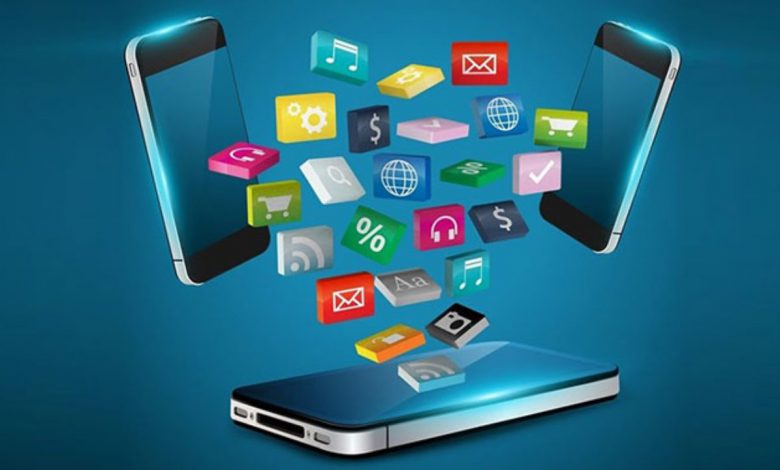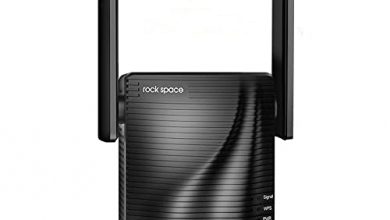Building a Mobile App Ordering System
This is especially important in the eCommerce industry, where customer trust is vital to success. Without trust, customers would be wary about sharing personal information online.

A mobile app ordering system is a great way to increase sales for your restaurant. It can save a customer’s order history and make it easy for them to order again. In addition, it can make it easy to upsell to your customers. You can easily add more food to their orders to increase their order value.
Customer-centricity
When it comes to building a mobile app ordering system, customer-centricity is critical. While this may be a daunting task, it is well worth the effort. Customer-centricity involves implementing best practices and gaining real-time customer insight. The process of building a customer-centric system involves the collection of data from different sources, including employees, finance, suppliers, and products. It also involves collaboration and integration to achieve success.
Moreover, if it’s done well, customer-centricity leads to frictionless services. This includes the ability to order online and pick it up in-store, as well as immediate refunds. Such features will build trust and retention. Customers will be more loyal to your business if they can access the information they need with a single click.
Customer-centricity of mobile app ordering system also includes its user-interface and user experience (UI/UX). By offering a streamlined, personalized experience to customers, customer-centric mobile apps will improve customer engagement and sales. Furthermore, customer-centric apps may also include such features as preference-based suggestions, one-step checkout, social network login, and others.
Mobile Ordering App are a great way to provide a frictionless customer experience for customers. Unlike traditional ordering methods, these apps help customers make better decisions. They present the entire menu and enable customers to earn more reward points. Moreover, mobile ordering apps improve accuracy, as orders are printed exactly as entered. Mobile apps can also be used for integrated loyalty programs, which keep customers coming back to your business.
Customer-centricity is a powerful strategy to achieve customer loyalty. Customers are more likely to purchase a product or service if they feel that they can trust the retailer. This is especially important in the eCommerce industry, where customer trust is vital to success. Without trust, customers would be wary about sharing personal information online.
A customer-centric company will integrate the concept into all parts of its business. In addition to products and services, this approach extends to the culture of the organization. Changing the company culture is a key step in becoming customer-centric.
Easy-to-use interface
An easy-to-use interface is essential for a mobile app ordering system. Food ordering apps can require a number of steps and should make mobile app navigation as easy as possible. Anton Morozov’s Tasty Burger app provides a very clear interface and allows users to choose ingredients and customize their burgers.
When designing an interface, keep in mind the needs of your audience. For example, the app may require customers to sign up in order to place an order. The app should ask customers to provide their city and name, but should not ask for too much information. It should also allow customers to log in with social media accounts.
Payment options
Whether you’re building a mobile app for a food chain or a restaurant, you’ll need to provide payment options. This way, your customers will be able to pay for their order faster and with greater security. Mobile payments also allow you to send personalized push notifications to customers, which can increase your order count by as much as 35%. And, if you want to stay ahead of the competition, you should take note of the fact that seventy-two percent of online users would rather order food online.
Mobile browser-based payments are another option for payment. In-app mobile payments work similarly to in-store checkout. Customers download a business or store app, enter their credit or debit card information, and then use their mobile device to pay. Once they’re done, they simply hold their phone over a NFC-enabled terminal. Other mobile payment options include Google Wallet and Apple Pay.
Machine learning
Machine learning is a powerful method for making business decisions and will help your mobile app become more efficient. It can identify patterns and connections in big data to make better decisions for your business. You can use this technology to improve your customer’s experience with your product or service, improve conversion rates, and increase earnings.
Machine learning is a powerful tool for predicting consumer behavior and preferences. For example, imagine an app that learns from your behavior and recommends products based on your preferences. Rather than leaving a user wondering what to buy next, your app can learn and adjust itself as they shop. This way, your users can have an even more personalized experience.
The technology is also useful in improving your app’s security. For example, machine learning algorithms can identify patterns in data that previously were invisible to humans. If you have a mobile application, this technology can detect fraudulent activity and protect confidential information. Face detection, fingerprint access, and voice recognition are some of the methods you can use to secure your data and avoid hacker attacks.
In the food business, hygiene is an important part of running a business. A dirty kitchen or equipment can affect your business. In a restaurant, you have a lot of different utensils to clean. Machine learning can save time and effort by eliminating the need to disassemble these products. It can save as much as 20% to 40% of your total expense.
Machine learning is useful for classifying users, and it can help businesses make better decisions. Companies can improve products and services based on this information. For example, Uber, UberEats, Clickoot, and other services use this technology to better understand their customers. These companies are utilizing machine learning algorithms to improve their customer experiences and products.
Machine learning algorithms can also be used in mobile apps to recommend content based on user behavior. Netflix, for example, has saved $1 billion by incorporating machine learning algorithms. Netflix’s recommendation system is based on explicit and implicit data, which allows the system to identify what users want. It also uses supervised machine learning algorithms to recognize faces and transform the texture of pictures.



